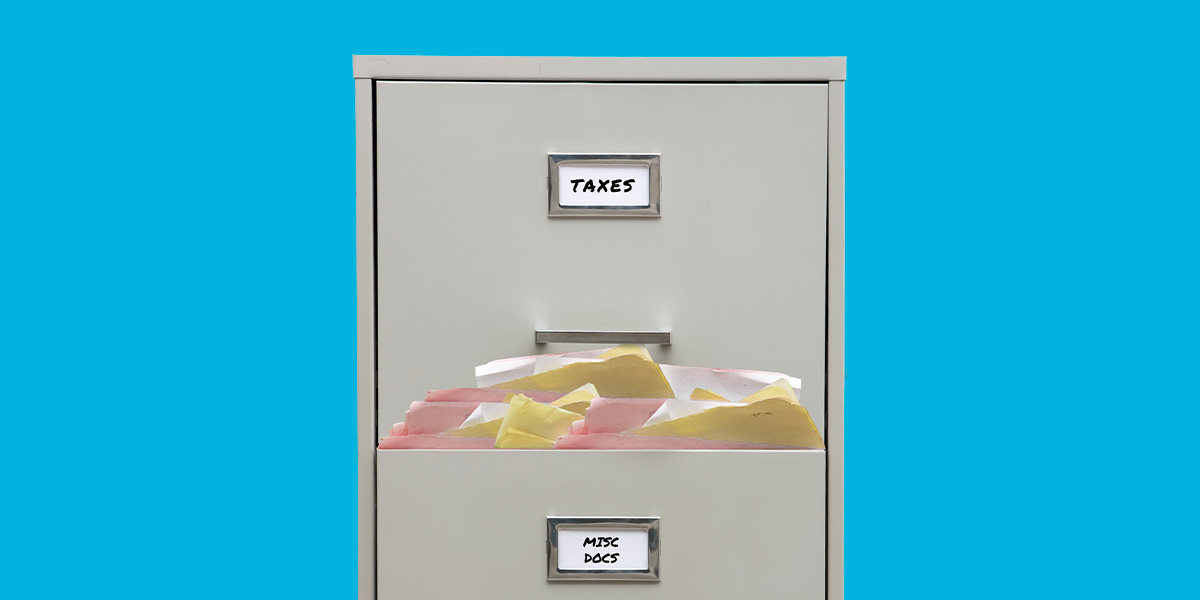If you save your bank account information in the Starbucks app or Uber app for quick payment, you’ve used embedded banking. It's a service that many people use daily, but few think about ever.
And the concept isn’t just for consumers; embedded banking can also simplify financial tasks for business banking clients.
Embedded banking is the integration of banking services into the platforms or systems of nonfinancial companies. That seamless integration makes it easier for banking customers to conduct financial business in the platforms that are most familiar to them, saving time and hassles.
“Embedded banking is all about saving clients time and reducing risk,” said Natalia Lappo, a vice president with the Treasury Management team at City National Bank.
“In recent years, digital banking has become a popular option over going into a bank's physical branch, especially given the pandemic." said Corbin Hankins, senior vice president and technical sales manager for City National's Treasury Management Solutions. "Embedded banking brings the bank even closer to the business clients by taking banking applications into their accounting system or ERP system.”
How Does Embedded Banking Work?
Embedded banking, a type of embedded finance, works by customizing banking services to the needs of a customer or the requirements of a platform.
More than just an integration, embedded banking allows the customer to interact with their banking data from another platform. For example, it’s common for someone in a business’s finance department to review invoices in the company’s enterprise resource planning (ERP) system. With embedded banking, the representative can do more than just review invoices. They would see an additional user interface that allows them to act on those invoices.
In other words, they might have the option to click a button in their ERP that says, “Pay this invoice,” and the invoice would automatically be converted into a payment and sent to the bank for execution.
In this example, there’s no need for the manual parts of the process, such as logging into the banking portal and entering the payment details. “It’s seamless to the client,” Lappo said.
Examples of Embedded Banking
Many of the most recognizable examples of embedded banking are geared to consumers.
For example, embedded banking can make it easier for people to manage:
- Payments. Apps allow customers to save payment information, and platforms like Zelle and Venmo allow people to make payments to other people seamlessly.
- Lending. Retailers often offer "buy now, pay later" options at checkout, allowing consumers to access loans on the go.
- Investing. Online platforms allow users to buy, sell, and exchange stocks or crypto.
Embedded Banking in Business
In business banking, the most common examples of embedded banking involve connecting bank accounts and functions with business software such as accounting programs or ERP systems.
“With embedded banking, customers can operate in an environment they’re familiar with and they don’t have to login twice to load bank statements or re-enter vendor data,” Lappo said. “All the information available in their banking platform is also available in their embedded platform.”
As with any financial tool in the digital world, the convenience of embedded banking does not come without risk. For example, if you're considering using embedded banking, it can be wise to learn about fraud risks associated with digital platforms. To help protect yourself, visit City National's fraud prevention center.
"With our embedded banking solutions, clients receive the benefits City National's security framework," Lappo added. "Not all embedded banking options, such as some peer-to-peer platforms and crypto investment applications, offer the same level of protections."
Hankins added that the right combination of security and fraud prevention education for clients can go a long way with to help make an embedded banking platform a fraud-free environment.
How Embedded Banking Improves Your Financial Experience
Just as peer-to-peer payment apps simplify the process of paying a friend for your half of the dinner bill, embedded banking can simplify the financial processes of your business.
By opting to use embedded banking services, business banking clients can access a more convenient experience. There’s no need to navigate multiple platforms when banking tasks are available from your familiar enterprise system.
Embedded banking provides seamless experiences integrated with your company’s existing processes, providing the financial infrastructure and regulatory approvals to manage everything in one place.
Benefits of Embedded Banking
Embedded banking services can provide an array of benefits to business banking clients, such as:
- Increase security and reduce the potential for fraud
- Reduce human error
- Reduce time spent on approvals
- Streamline vendor processing and payment
- Reduce costs for paying by check
- Free staff from spending time approving payments or invoices
The Future of Embedded Banking
"Most businesses still use a lot of manual processes in their finance departments, and there are opportunities to simplify many of those processes with embedded banking services," said Hankins.
Embedded banking is widely accepted for accounts payable automation, and is growing in popularity for accounts receivable automation. Many businesses are interested in using embedded banking to get paid faster and reconcile payments faster, added Lappo .
In addition to ramping up accounts receivable automation, Lappo and Hankins expect embedded banking to expand into other business finance areas in the future, especially with the use of AI. For example, future embedded banking solutions will focus on cash forecasting, liquidity management, credit and investments.
This article is for general information and education only. It is provided as a courtesy to the clients and friends of City National Bank (City National). City National does not warrant that it is accurate or complete. Opinions expressed and estimates or projections given are those of the authors or persons quoted as of the date of the article with no obligation to update or notify of inaccuracy or change. This article may not be reproduced, distributed or further published by any person without the written consent of City National. Please cite source when quoting.





